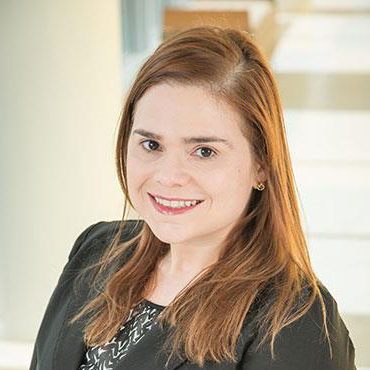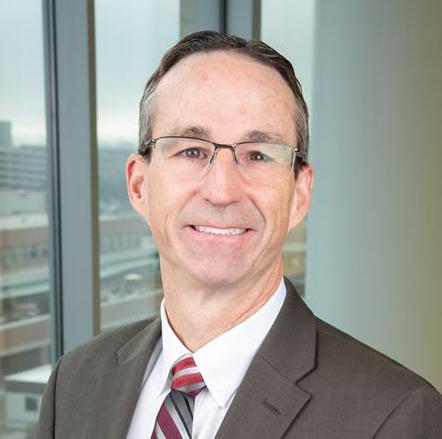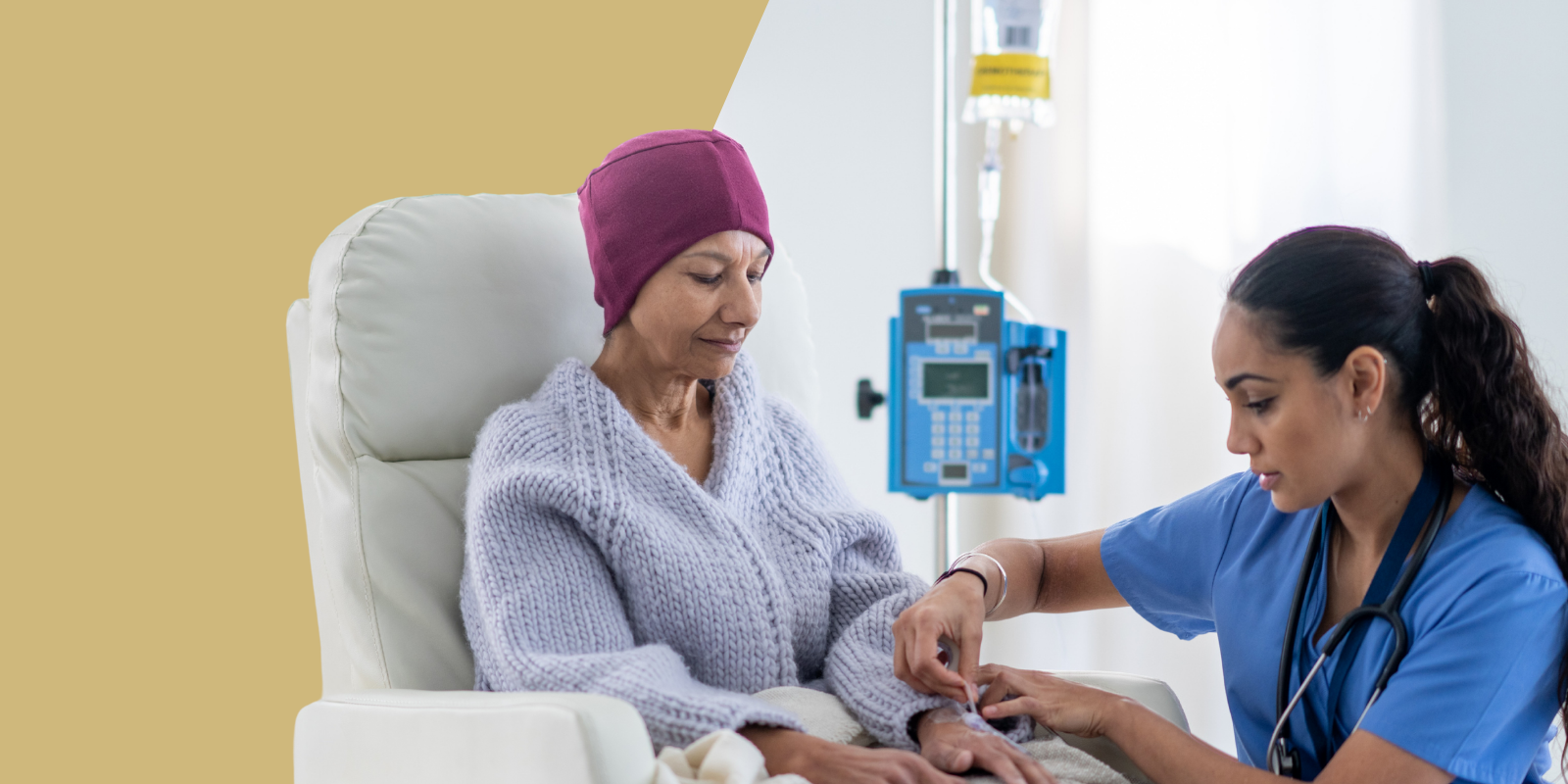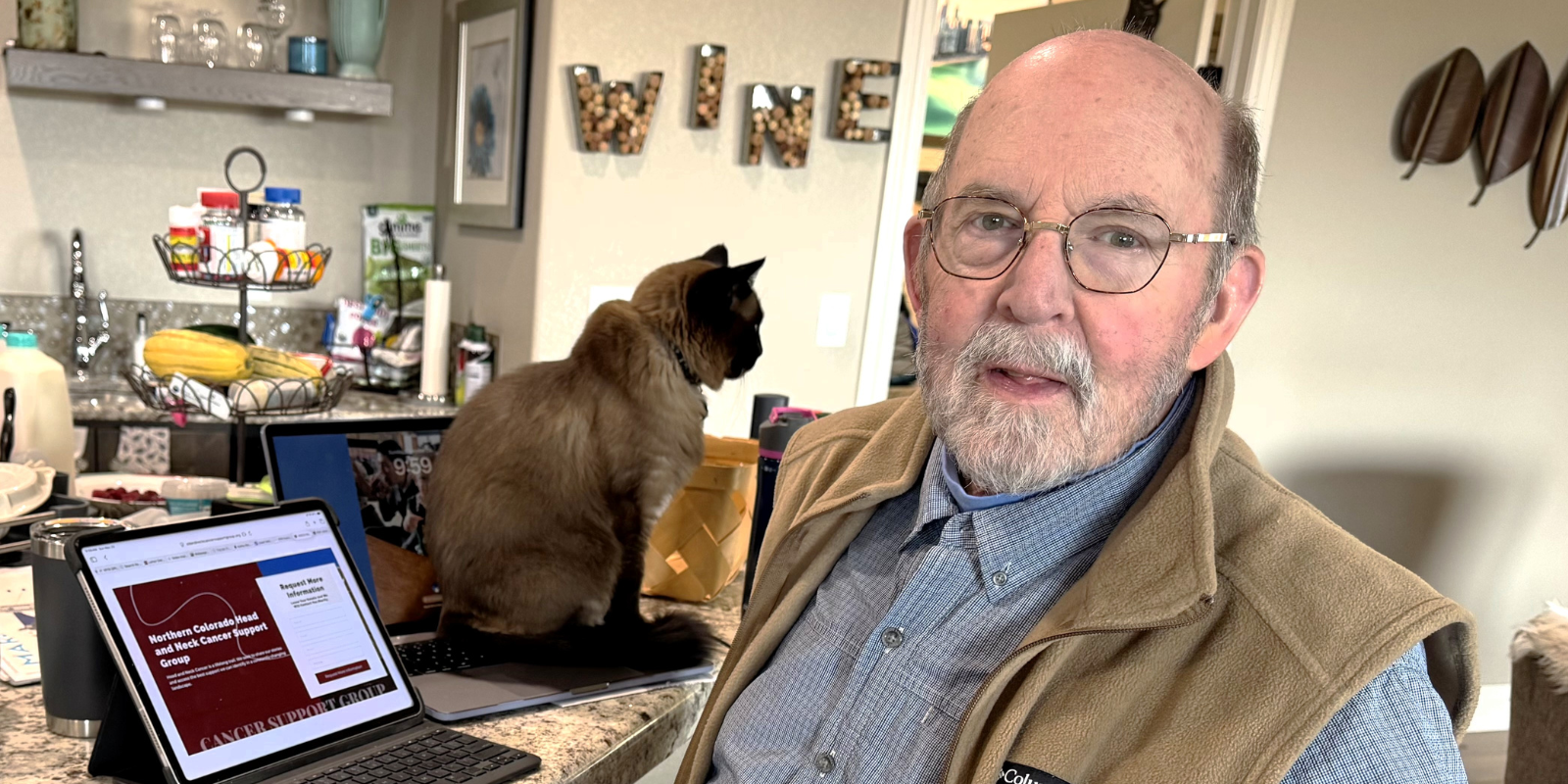Jimmy Guerrero’s first diagnosis was a possible stomach ulcer, because it seemed inconceivable that a 26-year-old would have colon cancer.
But he didn’t have an ulcer, so doctors then thought his intense abdominal pain was due to appendicitis and a surgeon in Glenwood Springs, Colorado, removed Guerrero’s appendix. Several weeks after surgery, though, he was feeling as bad as before, if not worse.
His physician recommended a colonoscopy, even though the discussion had pivoted back to ulcers, and the results confirmed what had seemed unimaginable for a healthy man in his 20s: locally advanced and unresectable sigmoid colon cancer.
“I didn’t know how to react,” Guerrero says. “Should I tell my parents? Cry? Just sit there and feel scared? I was just kind of shocked, and my wife was sitting beside me crying.”
Since that initial diagnosis in December 2017, Guerrero has navigated a cancer journey with the help of his wife, his family, and a multidisciplinary University of Colorado Cancer Center team representing oncology, surgery, urology, hematology, genetics, and others. Today, he shows no evidence of colon cancer and will be one of the participants in the Walk to End Colon Cancer on June 25 at City Park in Denver.
“Jimmy’s story is a success story for a lot of reasons,” says Alexis Leal, MD, CU Cancer Center member and assistant professor of medical oncology in the CU School of Medicine. “Like many other colorectal cancer patients, his case was initially missed and felt to be due to ‘something else,’ and that was part of why he developed the locally advanced issues that he did. Those are precisely the symptoms that we are trying to highlight for patients to be aware of and to alert their doctors if they are having them.”
Following up on unusual symptoms
For Guerrero, now 30, those symptoms started with out-of-the-blue abdominal pain. As someone who worked in the construction industry in Aspen and avidly participated in CrossFit, he was used to his body being strong and feeling good. The pain was a surprise.
Though younger patients are increasingly being diagnosed with late-stage colorectal cancer, it’s still uncommon to initially think of colon cancer when patients in their 20s have symptoms of the disease. Guerrero figures this is why, despite having the red-flag symptom of blood in his stool, his initial diagnosis was an ulcer.
Following a colonoscopy and his colon cancer diagnosis, Guerrero had surgery in Glenwood Springs to remove the tumor. It couldn’t be entirely removed, however, and because of complications from the operation, he developed sepsis and ended up with a colostomy.
Guerrero’s wife, Olivia, contacted UCHealth about having him transferred to a Denver facility, and he was flown to the University of Colorado Hospital on the CU Anschutz Medical Campus. He spent his first several weeks at the UCHealth hospital in the intensive care unit (ICU).
Several weeks in the ICU
“I first met Jimmy in the operating room because he was being operated on by one of my colleagues,” says Martin McCarter, MD, CU Cancer Center member and professor of surgical oncology in the CU School of Medicine. “I was called to advise and took over his care after that, and he managed to get through life-threatening peritonitis with multiple intra-abdominal infections.”
To add to the complexity of the situation, an inguinal lymph node biopsy during one of his operations resulted in a second, separate cancer diagnosis of Hodgkin’s Lymphoma. Jimmy’s multidisciplinary cancer team expanded to include hematologist and CU Cancer Center member Manali Kamdar, MD.
There is little that Guerrero remembers about his initial weeks in the ICU, other than “waking up and seeing something like eight tubes coming out of my stomach and back,” he recalls. “There were tubes everywhere. It was a real shocker.”
Because he was diagnosed with two independent cancers at the same time, clinicians performed germline genetic testing “to better understand how this could happen in such a young person,” McCarter says. The genetic testing did not reveal any heritable cause for his cancers, although tumor mutation testing showed that Guerrero had MSI-high colorectal cancer, a rare colorectal cancer subtype that responds to immunotherapy.
While he was recovering in the ICU, his case was reviewed by a comprehensive team at the colorectal cancer multidisciplinary clinic to come up with a plan for his treatment. “He was at high risk for infection with chemotherapy, which at that time was standard of care frontline therapy for MSI-high colorectal cancer, so he was initiated on frontline immunotherapy,” Leal says. However, after receiving three months of single-agent immunotherapy, his colon cancer progressed.
Several rounds of immunotherapy
“I’m not going to lie, the treatments weren’t easy,” Guerrero says. He spent several months in the hospital, where he couldn’t eat or drink and had to suck water from sponges. Sometimes, his tongue would stick to the roof of his mouth while he was sleeping and he woke up feeling like he was suffocating.
Because his construction company employer had fast-tracked his insurance eligibility, he didn’t have to worry too much about the expenses of his treatment. However, other worries weighed on his mind: Would his colostomy be permanent? Or his urinary tract stents? Would he ever recognize himself in the mirror again?
Even after leaving the hospital and settling into his and Olivia’s new Denver home, Guerrero struggled to know himself. He took down all the mirrors because he couldn’t stand seeing the gaunt stranger looking back at him, and he struggled with his faith, his relationships, and even his will to live. Learning that the first immunotherapy treatment hadn’t worked was a further, tremendous blow.
“A thing that really helped, though, was Dr. Leal told me she had a list of treatments and she wasn’t going to give up until she found the right one for me,” Guerrero says. “She’s been a very positive influence on me. Other doctors, they might feel sad for you, they might feel like they really want to try for you, but she would show emotions with me. I knew how hard she was trying.”
After the initial single-agent immunotherapy treatment didn’t stop the cancer from growing, Leal and the multidisciplinary team intensified Guerrero's treatment to dual-agent immunotherapy. After four months of treatment, his tumors showed a significant response. “When we saw that change, Dr. Leal just started crying with me and my wife,” he recalls.
“I’m excited about the future”
Because of Guerrero’s positive response to the dual-agent immunotherapy, he was able to have surgery at the end of 2018 to remove the rest of his tumor “and there was no residual cancer remaining,” McCarter says. “He had a really remarkable response to treatments – much better than expected, and so good that we talked to him about the feasibility of reversing his colostomy. Somebody who presents with peritonitis from a perforated colon cancer, you’re almost never going to reverse those, but he was a candidate for it.”
Because his initial infection caused a lot of scarring, Guerrero received stents in his ureter to keep it open. However, he has been working with Ty Higuchi, MD, PhD, an associate professor of surgical urology, on the possibility of having the stents removed later this year.
In the meantime, Guerrero and his wife have built their life together in Denver. They bought a house and Guerrero recently completed the third of a four-year electrician program; he will be a journeyman electrician when he graduates next year. He and Olivia go hiking and ride their bikes downtown and plan for their future. Before Guerrero began immunotherapy treatment, he banked samples of his sperm so that he and Olivia might claim the option of having children one day if they choose.
Start the Conversation About Fertility Preservation Before Beginning Cancer Treatment
“Jimmy has been an incredibly resilient patient, and he really highlights the big-picture lesson that colorectal cancer is occurring in younger folks at a higher incidence than it has in the past,” McCarter says. “Everybody needs to be more aware of that and more prepared to look for it when normally you wouldn’t consider it in younger patients. The other message is the power of the immune system in treating cancer. Immunotherapy doesn’t work for everybody, but when it does work it can be a spectacular cure.”

Jimmy Guerrero, right, and his wife, Olivia, recently bought a home in the Denver area.
Leal and McCarter emphasize the importance of multidisciplinary care in giving patients the greatest chance for a cure, which Guerrero echoes.
“I felt like all these doctors from all different areas of medicine were coming together because they wanted to help me get better,” he says. “I feel like myself again and I’m excited about the future because of that.”





